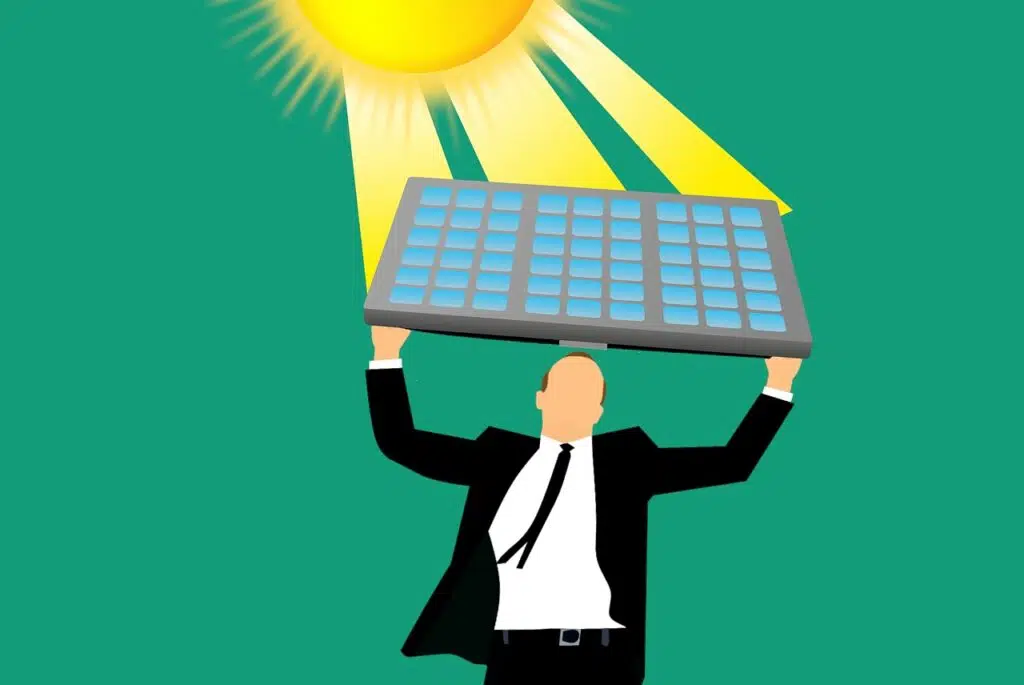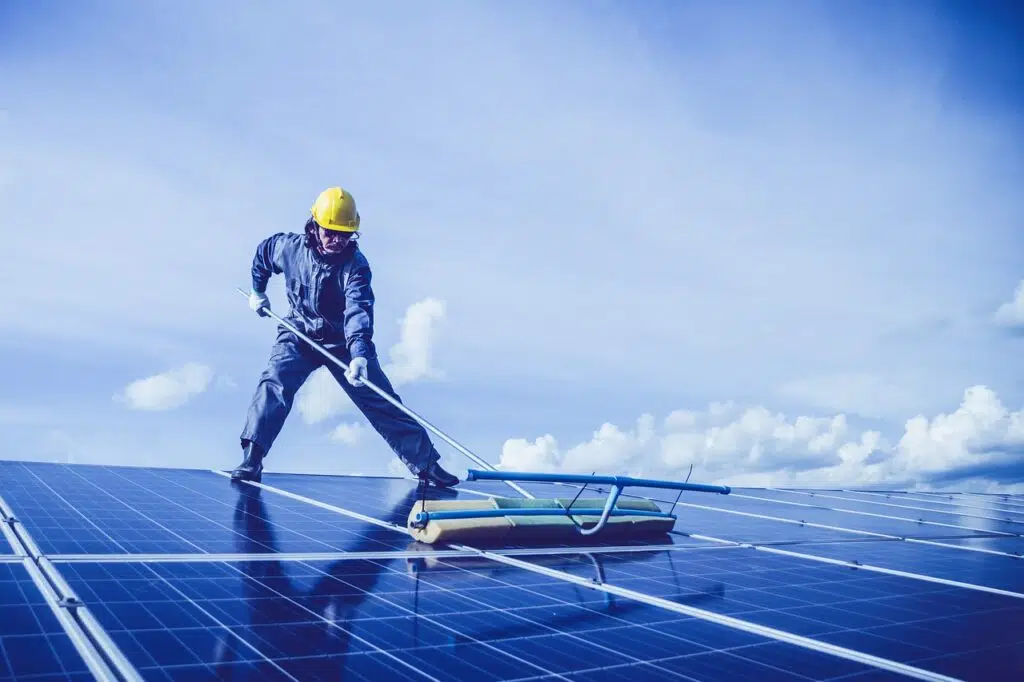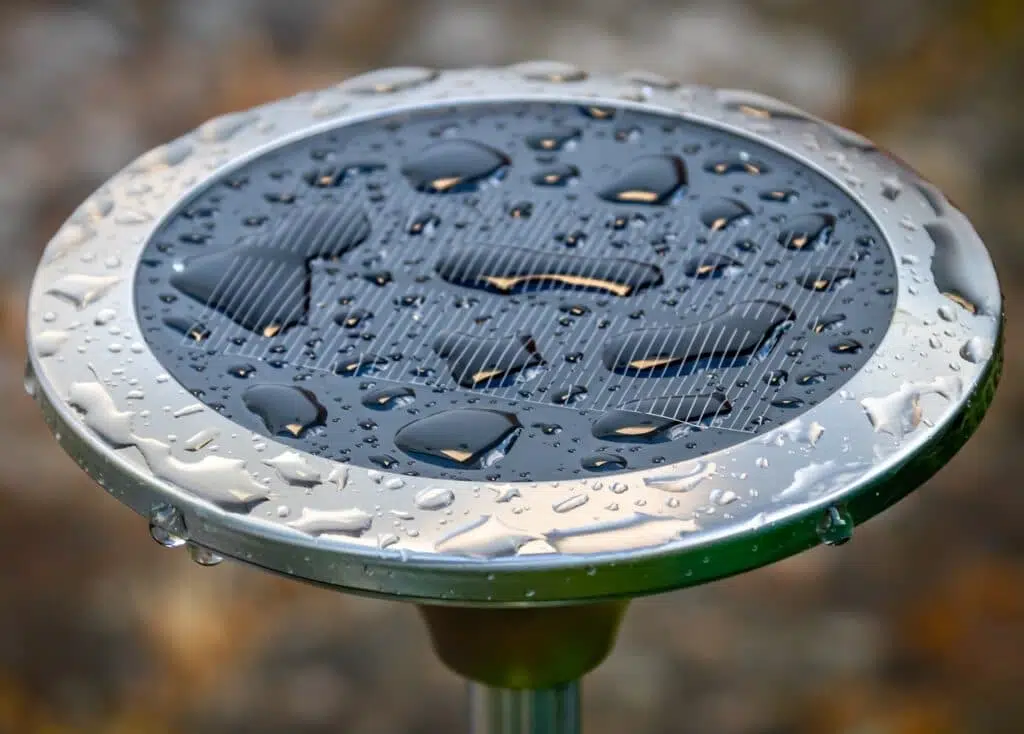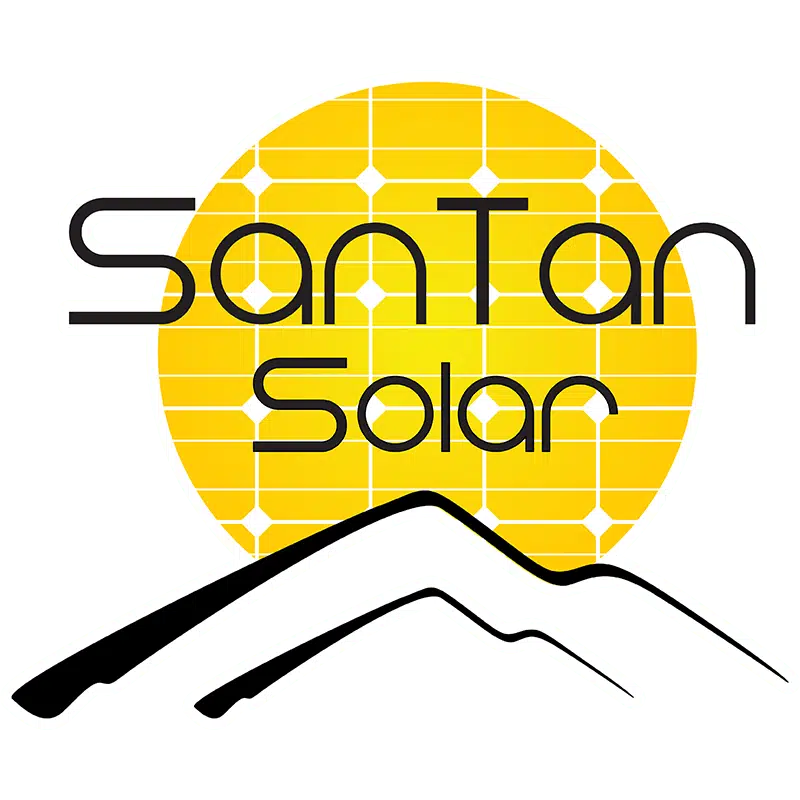Over their effective life-spans, solar panels lose effectiveness due to a variety of causes. They get old, break, and wear out.
It’s important to understand the different ways this can happen while planning out your long-term solar projects.
We’ll be going over the main causes of panel degradation, as well as explaining a few advantages that refurbished solar panels have over buying fresh from the factory.
Light-Induced Degradation (LID)

It’s not uncommon for new solar users to see a drastic drop in the effectiveness of their factory-fresh solar panels in the first few months. This sudden drop in the effectiveness of new solar panels is called Light-Induced Degradation or LID.
LID occurs when factory fresh panels are first exposed to light from the sun.
When sunlight reaches these new panels, it triggers a variety of chemical reactions that result in a drop of solar panel effectiveness by up to 3%.
This LID would cause a 2000 Watt system to produce just 1940 watts within a year of installation. Luckily, this LID doesn’t generally continue past the first year.
Avoiding light-induced degradation is one of the benefits that come with the purchase of refurbished second-hand solar panels from a retailer like SanTan Solar. SanTan’s refurbished solar panels are each tested and rated.
When buying a used panel, you can expect that it’s already experienced this LID and won’t suffer this drastic drop in effectiveness in the first year.
Potential-Induced Degradation (PID)

Potential-Induced Degradation or PID occurs when a string of negatively charged panels leak voltage into their frame or glass.
This affects the ions in the silicon of the solar panels and causes them to lose an almost shocking amount of efficiency.
While all solar panels undergo light-induced degradation when first exposed to sunlight, only improperly set up or cheaply designed panels undergo PID. While LID typically only lowers panel effectiveness by 3%, PID can damage the effectiveness of a panel by more than 30%.
The simplest way to ensure that your panels don’t undergo PID is to ground your inverter. This will ensure that your panels stay at a positive voltage. This is important, as potential-induced degradation only occurs in negatively charged panels.
Many modern panels claim to be built to be “PID Free,” but some manufacturers, in an effort to lower costs, are designing panels that are susceptible to PID inefficiencies. Humidity, temperature, and weather can all play a factor in PID.
Some companies claim to be able to reverse damage caused by PID, but it’s in your best interest to avoid the costs associated by ensuring your setup avoids the damages caused by this phenomenon. If you find your panels producing far less power than they should, PID may be the cause.
Why Panels Sometimes Lose Efficiency
When a new panel is finished undergoing light-induced degradation(LID), it still continues to lose efficiency over the years, albeit at a much slower rate. Most manufacturers of solar panels claim that their panels only lose around 1% of solar efficiency per year and have warranties that back up this claim.
It can be confusing to new users why panels may lose this effectiveness per year. The insides of the panels aren’t changing, so why is the effectiveness?
There are a variety of causes for solar degradation over the years.
Thermal Expansion
Just like concrete on a bridge or ice in a glass bottle, the silicon inside solar panels expands and shrinks when the ambient temperature lowers and rises. This cycle of thermal expansion and shrinkage causes micro-cracks inside the silicon solar cells, lowering their effectiveness over time.
Dirt and Dust
For panels to produce energy, solar rays need to reach the silicon inside the panels. Panels tend to accumulate a layer of dirt which blocks some percentage of the incoming solar energy.
You can limit the drop in effectiveness by occasionally cleaning your panels. Refurbishers like SanTan Solar perform a deep clean on our secondhand panels to ensure this source of inefficiency is completely removed for our refurbished panels.

Snow
Believe it or not, solar panels perform far better in cooler temperatures. That means that during the winter, your panels’ increased performance will partially offset the decreasing number of daylight hours.
That being said, it’s not uncommon for users to find an unexplained drop in production after a snowstorm, especially if they’re out of sight of their panels.
Snow covering your panels isn’t all bad though, as it typically melts after a few days. It can also serve as a sort of automatic cleaning service for your panels, as it tends to help wash away some of the dirt and grime as it melts.

Shade
When we think of solar panels losing efficiency, we’re typically planning for time scales of decades rather than months. For example, most solar panel manufacturers have 10 and 25-year warranties, guaranteeing that panels will output 90% and 80% of initial production, respectively.
This means that you have to think long-term when installing your solar panels.
Certain fast-growing trees can grow more than two feet every year. You may discover that, after a few years, what was once a small sapling in your neighbor’s yard grows to cast a shadow across your panels for a significant portion of each day.
This can be avoided by planning for the long term when selecting an area to install your panels.
How to Maintain Your Solar Panels’ Effectiveness
When investing dozens of hours and thousands of dollars into a solar project, it’s understandable to want your solar setup to last for as long as possible. Here are a few tips to ensure that your panels are providing energy for the long haul:
Plan The Installation Process

The majority of damage suffered by solar panels occurs during or just after installation. Remember the adage: “Measure twice, cut once.”
It’s important that you have a plan to install all your different panels, your wiring, your solar charge controller, and your battery bank. Making most of your installation decisions before climbing up on the roof will minimize the chance of a dropped or scratched panel.
It’s also during the installation process that an incorrectly assembled panel could be set up to suffer from PID, so be sure that you ground your inverter if your panels have a reputation for having that problem.
Perform Maintenance Checks
Every few months, it’s important to perform a maintenance check on your panels. This is especially important after a rain, hail, or wind storm. During this maintenance check, you can check your wiring, ensure the glass on each panel remains intact, and clean off any accumulated dirt or grime.
Pollen is a common cause for a drop in efficiency in areas where it is released in significant quantities during spring. If pollen is covering your car, it’s likely covering your panels as well!
Conclusion
When planning a long-term solar project, it’s important to be aware of the various ways that your solar panels will degrade over their effective lifespans.
This slow loss of effectiveness is one of the reasons why it’s so important to plan to gather more energy than you need! It’s tempting to look at a panel’s rating and figure it’s more than enough for your application, but the real-world inefficiencies have a way of siphoning off a significant portion of your gathered solar power.
The two main culprits of degradation are LID and PID, Light-Induced Degradation, and Potential-Induced Degradation.
LID is inevitable when panels are first exposed to sunlight unless you’re buying a second-hand panel from a reputable refurbisher like SanTan Solar.
PID is far more costly in terms of performance, but typically only occurs when panels are incorrectly installed or grounded improperly.
When these potential sources of degradation are kept in mind while planning your solar setup, together with thermal expansion, dirt and dust, snow, and shade from growing trees, you’ll have a fairly good idea of your setup’s productivity over the coming fifteen to twenty years.
